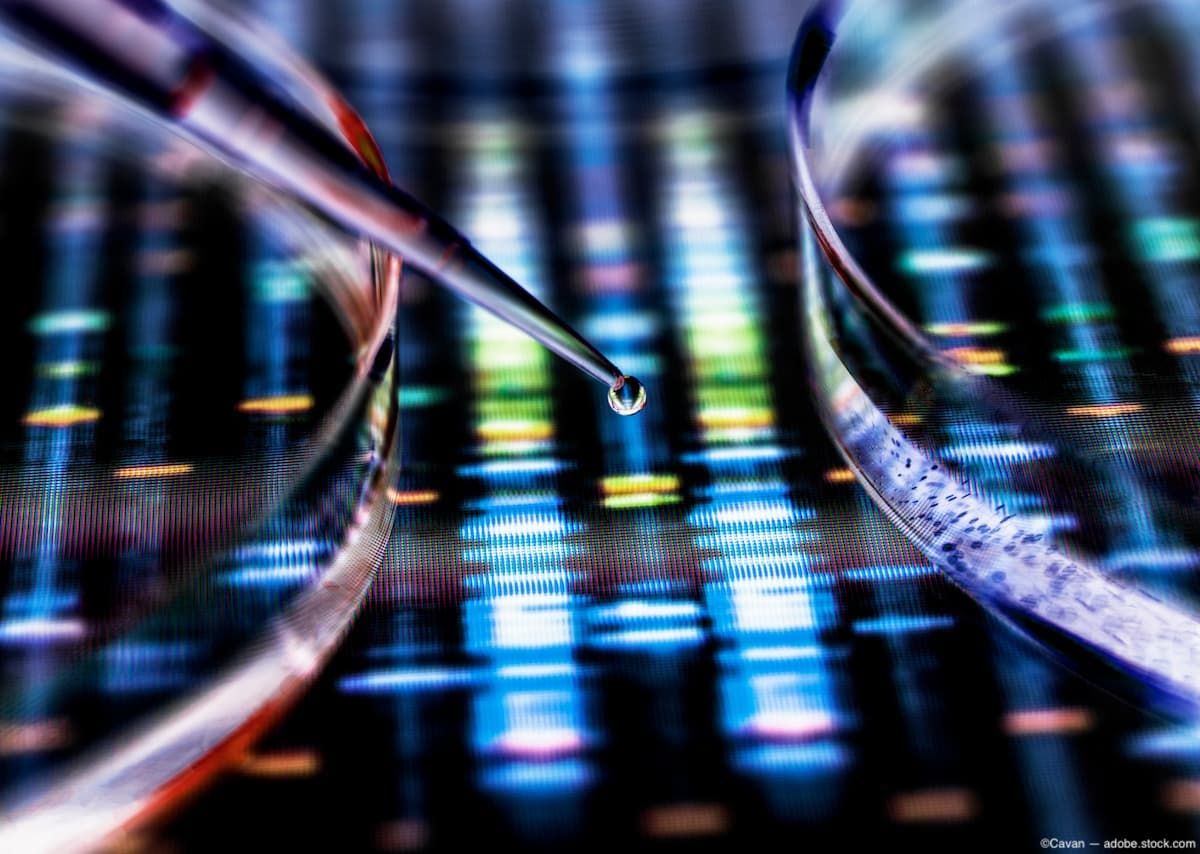Potential treatments for Lowe Syndrome with previously FDA-approved therapies
Lowe syndrome, a genetic disease, affects about 1 in 500,000 people in the general population.
(Image credit: AdobeStock/Cavan)

Lowe syndrome is a rare, incurable multisystem disorder that causes anomalies in the eye, nervous system, and kidneys. Researchers at Purdue University, West Lafayette, IN, are in the process of testing 2 drugs previously approved by the FDA to treat Lowe syndrome, and the early results are showing promise.
R. Claudio Aguilar, PhD, a Purdue University researcher in the Department of Biological Sciences, developed this patented therapeutic strategy for the disease that involves repurposing of rapamycin and statins that may be able to reverse the symptoms of the syndrome and provide patients with a higher quality of life.
Lowe syndrome, a genetic disease, affects about 1 in 500,000 people in the general population. The life span of affected patients is limited to around 40 years with kidney failure the cause of death.
Aguilar pointed out that existing treatments mostly address only the symptoms of the syndrome and not the causes. “Therefore, they are applied only after the problems arise,” he explained in a university press release. “We hope to mitigate the consequences of patients’ biochemical imbalance but more importantly to prevent the abnormalities from presenting or worsening.”
Regarding Aguilar’s approach, he explained that rapamycin is an anti-tumor drug that prevents organ rejection following kidney transplantation because it decreases the immune response. Rapamycin is currently in clinical trials for treating polycystic kidney disease and has shown promise against Bardet-Biedl syndrome.
He said, “Because we found levels of rapamycin’s target to be elevated in Lowe syndrome patients’ cells, it was an obvious choice for a therapeutic candidate. Our results showed that the cells in patients with Lowe syndrome exhibited a significant reversion of phenotypes and a decrease in the abnormally high levels of the rapamycin’s activated target compared to the untreated group.”
Statins, the second component in the treatment, decrease cholesterol production in patients’ cells by interfering with a biochemical pathway that also impacts the activation of an intracellular regulator that Aguilar’s lab found hyperactivated in Lowe syndrome. “The prediction was that statins would counteract the Lowe syndrome alterations and ameliorate cellular phenotypes, which we demonstrated to be the case,” he said.
When the 2 drugs were administered at the same dose approved by the FDA, Aguilar and his team observed suppression of the cellular phenotypes of Lowe syndrome and that the patients’ cells started to behave normally. He said statins and rapamycin complemented each other.
“For some patients, the administration of both drugs would be needed,” he said. “Nevertheless, further investigation is necessary to assess the mode and regime of application of these compounds to ameliorate the manifestation of Lowe syndrome in patients.”
Additional research
This group of researchers also are working on agents to target and reactivate an enzyme, OCRL1, that is functionally deficient in Lowe syndrome.
This is important, Aguilar explained. “This deficiency in OCRL1 is the ultimate cause of the disease. We found that about 50% of mutations affect the Lowe syndrome protein structure but not the region involved in enzymatic activity. Therefore, I hypothesized that it is possible to identify or design drugs to favor protein refolding to revert the structural abnormality.”
He added, “We are very excited about this new venue, as these agents would have the unique ability to activate the patient’s own OCRL1.”
